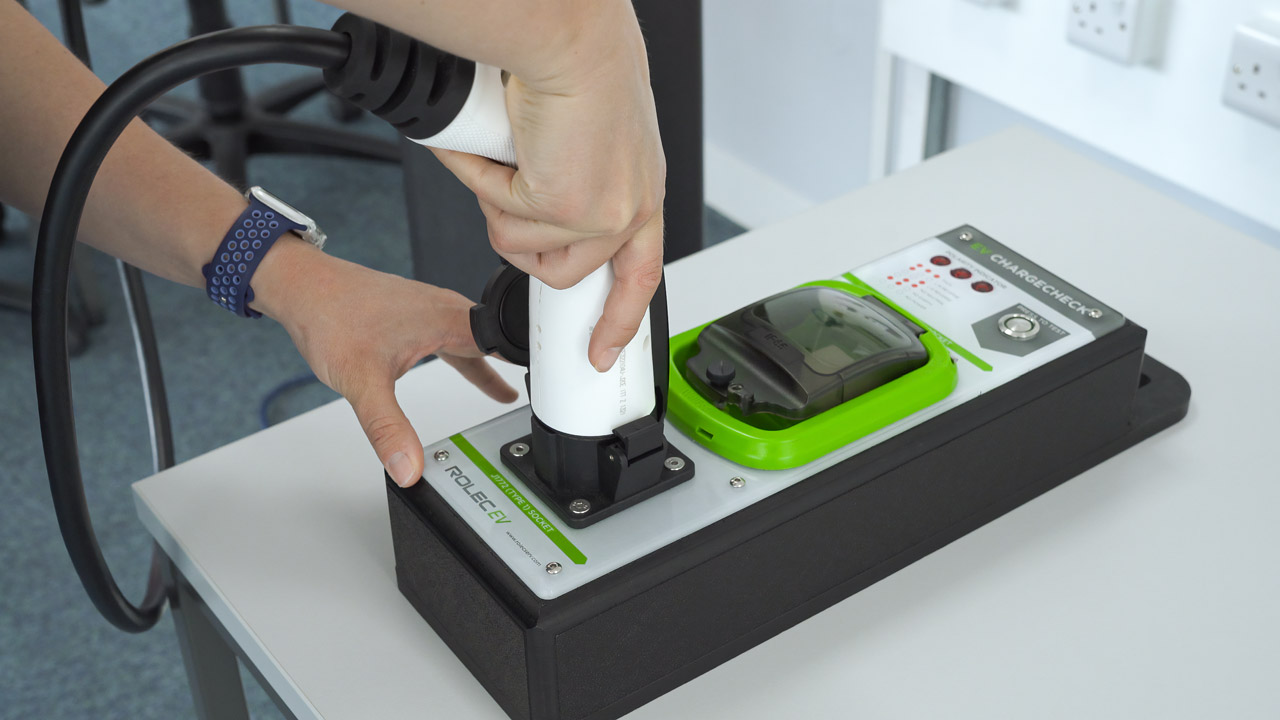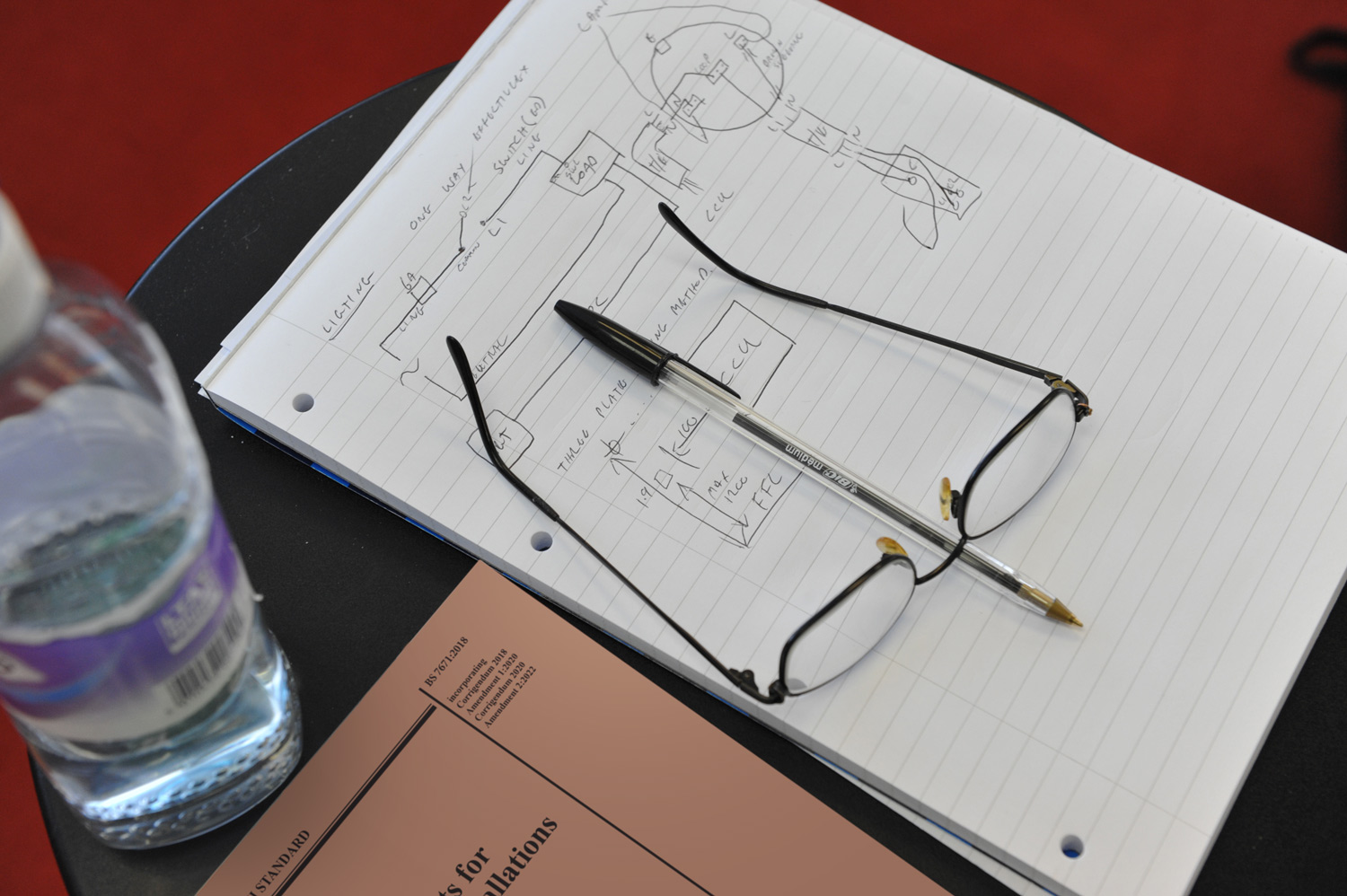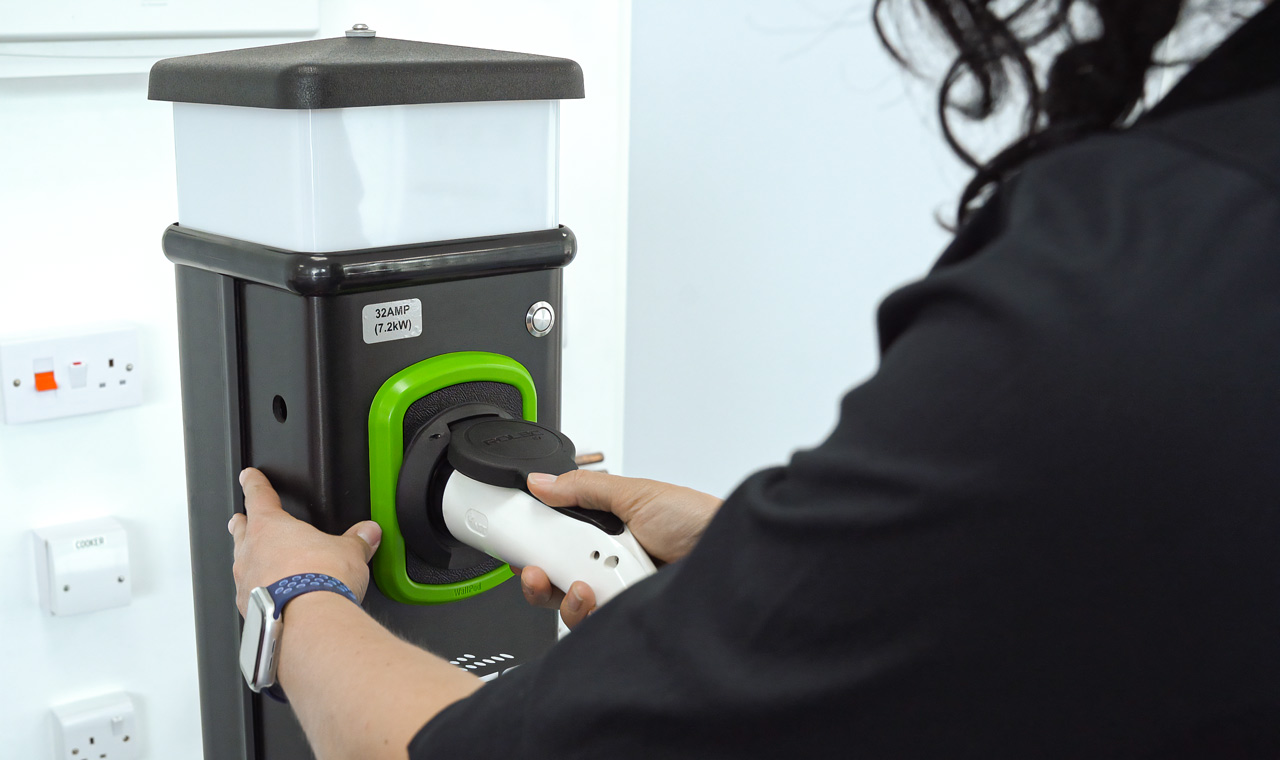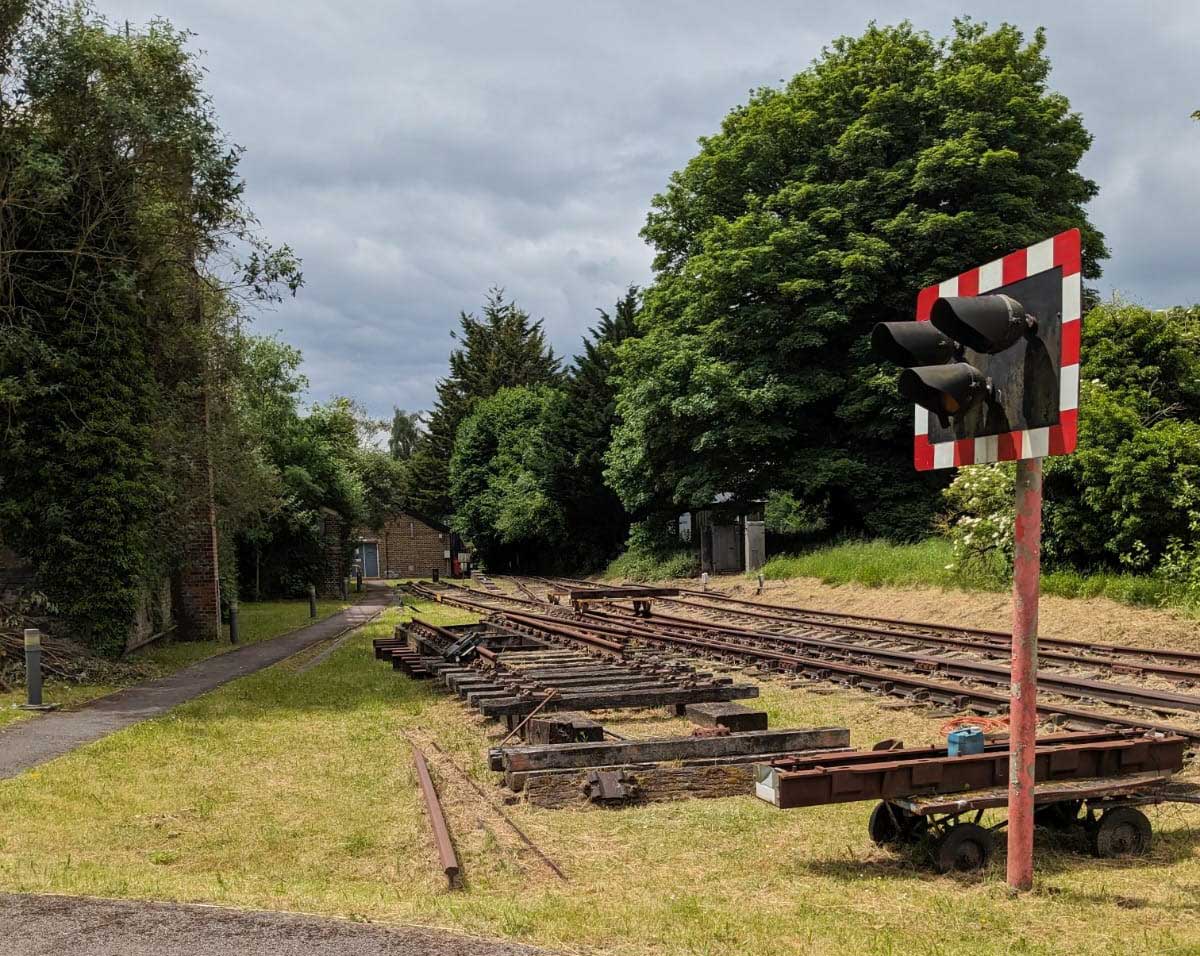Time has a way of twisting the truth and since Part P was introduced a number of rumours have been going around as to why. The main one that most people in the industry believe to be true is that Part P was introduced and rushed through the parliamentary process because an MP’s daughter was electrocuted.
The rumour is based on some facts as Mary Wherry, the Daughter of MP Jenny Tonge was tragically killed when she was electrocuted in her own home.
The circumstances of her death were a direct result of shoddy workmanship and bad luck. A new kitchen had been fitted in her home back in 1999. 2 years later her husband had fitted a drainer below the extractor fan. A cable connected to the fan had been fitted at a 5 degree angle meaning it veered into an area he did not expect it to be. When he screwed the drainer into the wall the screw was left almost touching the wire. As the drainer moved slightly over the years it finally came into contact with the wire electrifying it. This in itself would not usually result in a deadly shock, however Mrs Wherry’s shock proved fatal because her leg was touching a metal-fronted dishwasher door, completing the circuit.
However the above incident occurred well after the Part P building regs we in consultation stage. In fact the timeline of events are as follows:
May 2002 – The consultation document for Part P was issued.
September 2002 – The results of the consultation were published.
13th July 2004 – The first Part P amendment to the Building Regulations was made and laid before Parliament on 22nd of July 2004.
31st July 2004 – Mary Wherry, Jenny Tonge’s daughter, was tragically killed.
The incident would have highlighted even more just how important regulation of the electrical trades is. Since they have been introduced Part P has been shown to save many lives and in a recent consultation looking to reduce red tape it was recommended that Part P be retained. The report said:
“From the evidence we have received, we are satisfied that Part P has been successful in driving up standards and in reducing the number of electrical faults,”
“It is the only legal framework in England which protects the consumer from unsafe electrical work in the home and is vitally important considered that every week in the UK, one person dies from an electrical accident and well over a quarter of a million (350,000,000) are seriously injured every year.”
The tragedy again highlights how dangerous electricity can be and how the simplest of deviances from normal procedures can cost lives.
It is clear from the above that Part P is here to stay and that it was no knee jerk reaction but a carefully planned and required step to help save lives and reduce electrical faults. If it had been in place before Mrs Wherry’s kitchen was installed then it is quite likely it could have prevented the tragic accident.
These days all installer need to be Part P registered. In order to register on a Part P Scheme installers must ensure they are up to speed with the Part P building regs and 17th edition wiring regs. Most will attend Part course and 17th edition training in order to prove competence in these areas.




















